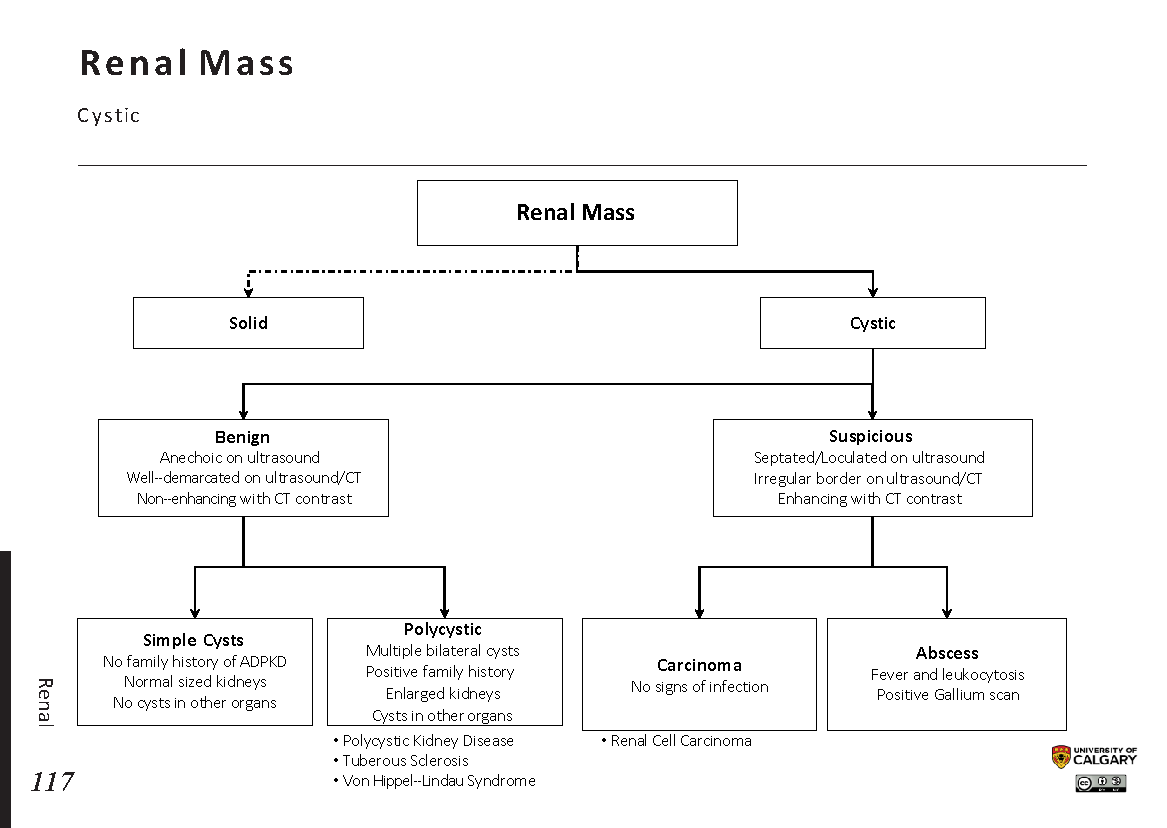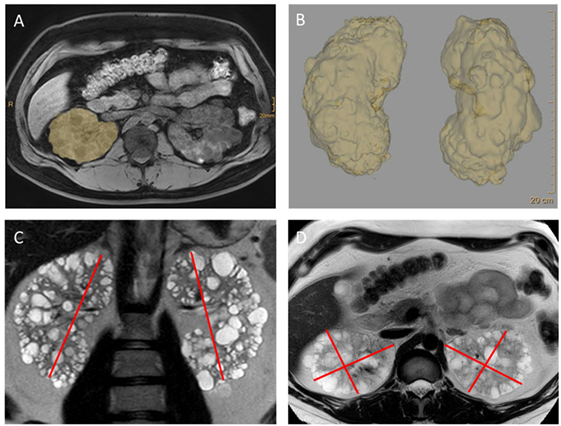Kidney cysts, also known as renal cysts, are fluid-filled sacs that form in or on the kidneys. While many people may have these cysts without experiencing any symptoms, they can sometimes lead to complications if left untreated. Understanding the different types of kidney cysts, their causes, how they are diagnosed, and the available treatment options is essential for maintaining kidney health. In this article, we will explore these aspects in detail to provide a comprehensive guide for those seeking information about kidney cysts.

What Are Kidney Cysts?
Kidney cysts are abnormal growths that develop within or on the surface of the kidneys. These cysts are typically filled with fluid and can vary in size, ranging from very small to several centimeters in diameter. Most kidney cysts are benign and do not cause harm, but some types can grow larger and interfere with kidney function. There are two primary categories of kidney cysts: simple cysts and complex cysts.
Simple Kidney Cysts
Simple kidney cysts are the most common type and are usually harmless. They often occur as people age and are typically found during routine imaging tests for unrelated conditions. Simple cysts are round or oval-shaped, have thin walls, and contain clear fluid. They rarely cause symptoms or require treatment unless they grow large enough to press on surrounding tissues or organs.
Complex Kidney Cysts
Complex kidney cysts are less common and may pose a higher risk of complications. Unlike simple cysts, complex cysts can have irregular shapes, thicker walls, and may contain solid components or blood. These characteristics make them more likely to be associated with cancerous growths, although not all complex cysts are malignant. Further evaluation is often necessary to determine the nature of a complex cyst.
Causes of Kidney Cysts
The exact cause of kidney cysts is not always clear, but several factors can contribute to their development. Below are some potential causes and risk factors:
Aging
As people grow older, the likelihood of developing kidney cysts increases. This is particularly true for simple cysts, which are commonly found in individuals over the age of 50. The natural wear and tear on the kidneys over time may play a role in the formation of these cysts.
Polycystic Kidney Disease
Polycystic kidney disease is a genetic condition that causes multiple cysts to form in the kidneys. Unlike simple cysts, the cysts associated with this disease can grow large and damage the kidneys, leading to reduced kidney function over time. This condition is hereditary and can affect both children and adults.
Infections or Blockages
In rare cases, infections or blockages in the urinary tract can lead to the formation of cysts. For example, an obstruction in the flow of urine can cause fluid to accumulate and form a cyst. Similarly, infections in the kidneys or surrounding areas may result in the development of cyst-like structures.
Trauma or Injury
Trauma or injury to the kidneys can sometimes trigger the formation of cysts. This may occur as part of the healing process, where fluid accumulates in response to tissue damage. While these cysts are often temporary, they should still be monitored to ensure they do not cause complications.
Symptoms of Kidney Cysts
Many kidney cysts do not produce noticeable symptoms, especially when they are small and simple. However, larger cysts or those that become infected or rupture may cause the following symptoms:
- Pain in the side or back, near the affected kidney
- Fever, if the cyst becomes infected
- Frequent urination or difficulty urinating
- Blood in the urine
- High blood pressure
If you experience any of these symptoms, it is important to consult a healthcare professional for further evaluation.
Diagnosing Kidney Cysts
Diagnosing kidney cysts typically involves imaging tests and, in some cases, additional procedures to assess the nature of the cyst. Below are the most common diagnostic methods used:
Ultrasound
An ultrasound is often the first step in diagnosing kidney cysts. This non-invasive test uses sound waves to create images of the kidneys and can help identify the presence, size, and location of cysts. Ultrasounds are particularly useful for distinguishing between simple and complex cysts based on their appearance.
Computed Tomography Scan
A computed tomography scan, commonly referred to as a CT scan, provides more detailed images of the kidneys than an ultrasound. This test can help determine whether a cyst is simple or complex and can also detect any abnormalities within the cyst, such as solid components or calcifications.
Magnetic Resonance Imaging
Magnetic resonance imaging, or MRI, is another imaging technique that can provide detailed information about kidney cysts. MRIs are particularly useful for evaluating complex cysts and determining whether they may be cancerous. This test does not use radiation, making it a safer option for some patients.
Biopsy
In cases where a cyst appears suspicious or complex, a biopsy may be performed to collect a sample of tissue for analysis. During this procedure, a needle is inserted into the cyst under imaging guidance, and the collected sample is examined under a microscope to determine whether it is benign or malignant.
Treatment Options for Kidney Cysts
The treatment approach for kidney cysts depends on the type, size, and symptoms associated with the cyst. In many cases, no treatment is necessary, but monitoring or intervention may be required for certain situations.
Watchful Waiting
For simple cysts that do not cause symptoms or complications, a “watchful waiting” approach is often recommended. This involves regular monitoring through imaging tests to ensure the cyst does not grow or change over time. Many simple cysts remain stable and do not require further intervention.
Draining the Cyst
If a cyst grows large enough to cause discomfort or interfere with kidney function, a doctor may recommend draining the cyst. This procedure involves inserting a needle into the cyst under imaging guidance and removing the fluid. While this can provide temporary relief, cysts often refill with fluid over time.
Sclerotherapy
To prevent a drained cyst from refilling, a procedure called sclerotherapy may be performed. After draining the cyst, a special solution is injected into the empty sac to scar the tissue and reduce the likelihood of the cyst returning. This method is effective for many patients and can be done on an outpatient basis.
Surgery
In cases where a cyst is complex, large, or suspected to be cancerous, surgery may be necessary. The most common surgical procedure for removing kidney cysts is called a laparoscopic cyst decortication. During this minimally invasive surgery, the cyst is removed or its outer layer is stripped away to prevent regrowth. Surgery may also be considered for cysts that cause persistent pain or other complications.
Treating Underlying Conditions
If a kidney cyst is caused by an underlying condition, such as polycystic kidney disease, treatment may focus on managing the root cause. This may involve medications to control blood pressure, lifestyle changes to support kidney health, or other interventions specific to the condition.
Preventing Kidney Cysts
While it is not always possible to prevent kidney cysts, certain measures can help reduce the risk of complications or slow the progression of cyst-related conditions:
- Maintain a healthy diet low in salt and processed foods to support kidney function
- Stay hydrated by drinking plenty of water throughout the day
- Avoid smoking and excessive alcohol consumption, as these can harm the kidneys
- Monitor and manage conditions like high blood pressure and diabetes, which can increase the risk of kidney problems
Regular check-ups with a healthcare provider are also important, especially for individuals with a family history of kidney cysts or related conditions.





